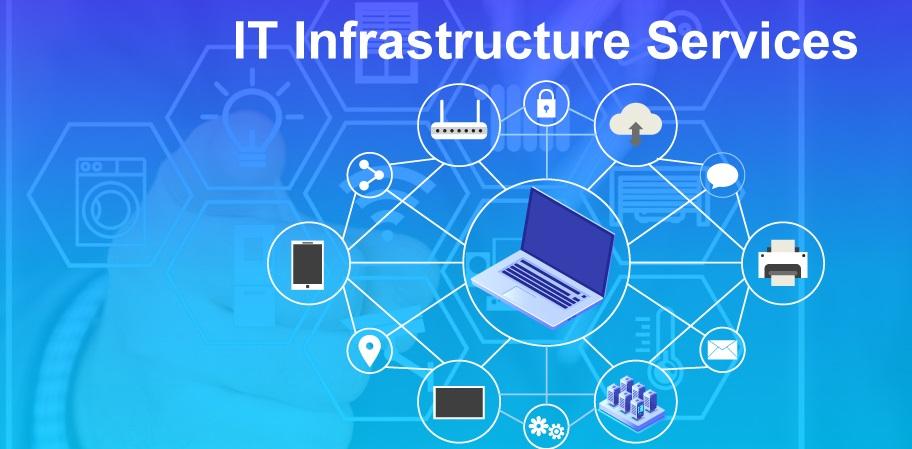Deconstructing the Diverse US IT Infrastructure Services Revenue Streams

The financial models that generate Us It Infrastructure Services revenue have undergone a fundamental and irreversible transformation, pivoting away from the traditional, project-based, and hardware-centric sales cycle towards the dominance of recurring, subscription-based, and consumption-driven models. The primary revenue model in the modern market is the "as-a-service" subscription. This approach, which has become the industry standard, allows customers to pay a predictable recurring fee—typically monthly or annually—for access to a specific set of services, such as a managed security solution, a block of cloud computing resources, or a managed SD-WAN network.
This model is highly advantageous for both parties: it provides customers with financial flexibility by converting large capital expenditures into manageable operating expenses, and it provides vendors with a stable, predictable stream of recurring revenue that is highly valued by investors and enables continuous investment in their platforms and services. This subscription-based economy is the bedrock of the market's modern financial structure, fostering long-term partnerships over transactional sales.
To understand the market's financial composition, it is essential to analyze its primary revenue streams. The largest and most dynamic stream is from consumption-based public cloud services. Here, revenue is directly tied to a customer's usage of foundational IaaS and PaaS resources, such as virtual machine hours, gigabytes of storage consumed, and data egress traffic. This pay-as-you-go model offers ultimate flexibility for customers. A second major and more stable revenue stream comes from fixed-fee managed services contracts. Under this model, a business pays a set monthly fee for a predefined scope of services, such as 24/7 monitoring and management of their server environment, patch management, and IT help desk support. A third significant revenue stream is from professional services, which includes one-time, project-based fees for activities like cloud readiness assessments, large-scale data migrations, and complex network architecture design. While not recurring, these high-margin engagements are often the entry point for longer-term managed services relationships, making them a critical component of the overall revenue picture.
As the market continues to mature, service providers are actively developing new and more sophisticated revenue streams by moving up the value stack. One key area of growth is in premium, value-added services that address specific, high-stakes business needs. This includes offerings like Disaster Recovery as a Service (DRaaS), which provides a fully managed, on-demand recovery environment; advanced managed cybersecurity services, which go beyond basic firewalls to include threat hunting and incident response; and specialized compliance services that help businesses in regulated industries like healthcare (HIPAA) or finance (PCI DSS) maintain their compliance posture.
Another significant emerging revenue stream is from FinOps (Cloud Financial Operations) consulting services, where providers help their clients analyze and optimize their often complex and sprawling cloud spending to eliminate waste and maximize value. By bundling these high-value, specialized services with their core infrastructure offerings, providers can significantly increase their average revenue per customer and differentiate themselves in a competitive market.
Explore Our Latest Trending Reports:
- Art
- Causes
- Crafts
- Dance
- Drinks
- Film
- Fitness
- Food
- Juegos
- Gardening
- Health
- Home
- Literature
- Music
- Networking
- Other
- Party
- Religion
- Shopping
- Sports
- Theater
- Wellness



